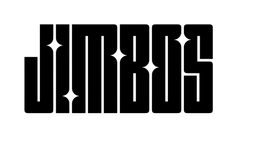Foam vs Microfiber Polishing Pads: What’s the Difference?
Both foam and microfiber pads can polish paint—but they don’t behave the same. Understanding the difference helps you choose the right one for the job, especially when using a one-step polish like Picture Perfect Polish.
In this post, we’ll compare foam vs microfiber pads in terms of cutting power, finishing ability, dust control, and ease of use.
Foam Pads: Better Control and Finishing
Foam pads are more forgiving and easier to control. They come in various levels of firmness—from soft finishing foam to firmer cutting foam—allowing you to fine-tune your results. They tend to leave a smoother finish with less haze, especially on softer paint systems.
Recommended foam pads:
- Burgundy Cut & Finish Pad – Ideal for maximizing correction with Picture Perfect Polish while leaving a refined finish.
- Black Final Polish Pad – Great for jewel polishing or ultra-soft paint.
Microfiber Pads: Higher Cut, More Aggressive
Microfiber pads use thousands of cutting fibers to remove defects fast. They’re ideal for hard clear coats or heavy oxidation—but they may leave haze behind if not followed with a softer pad or finishing polish. They also tend to run hotter and dust more if the polish isn’t optimized for them.
So Which One Should You Use?
If you’re using Picture Perfect Polish, foam is usually the best starting point. It gives you the versatility to adjust between cut and finish depending on pad firmness. But if you’re working on hard paint and need more bite, microfiber can help you speed things up—just be sure to inspect the finish carefully.
Pair the Right Pad with the Right Polish
- Use the Burgundy Cut & Finish Pad for balanced correction
- Switch to the Black Final Polish Pad for refining or soft paint
- Let Picture Perfect Polish do the heavy lifting
No more guessing. Just cleaner correction and faster results.
Related Posts



